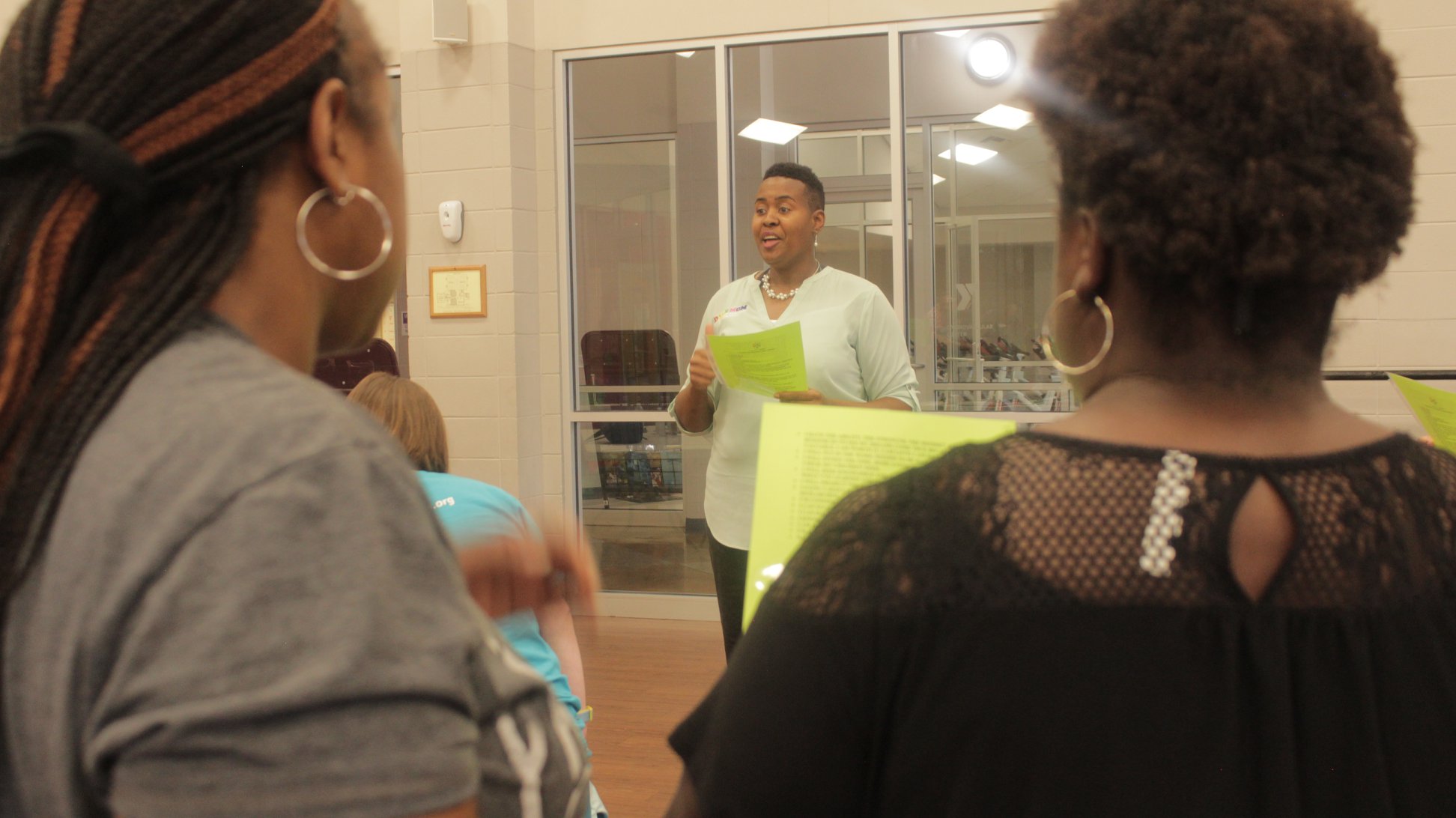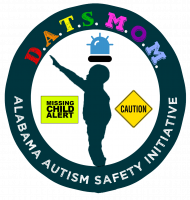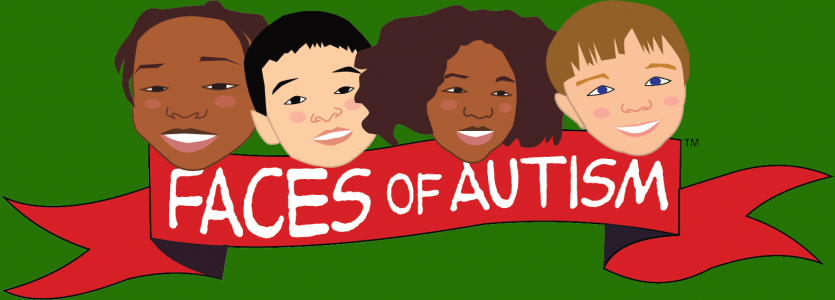
My husband and I were so excited to find out we were expecting a healthy baby boy. It was our first child and my first pregnancy. Prior to my pregnancy, I was an active, professional woman living a healthy lifestyle that included healthy eating and regular exercise. That lifestyle continued throughout my pregnancy.
Conner’s expected delivery date was July 16, 2013 and my water broke that day. It was an easy pregnancy and safe delivery with no complications. Conner was born with beautiful, smooth healthy skin, a bubbly personality and big smile. You are probably wondering, “How are you born with a bubbly personality and big smile?” LOL I say it’s genetic because I share my parents’ personalities and big smile. Physically, Conner was progressing as he should. We knew genetically speaking he would be off the charts for height and weight because I’m 6’1” and my husband is 6’2” and there are several people in our families who are over 6 feet tall. This was normal for us.
During wellness visits, everything appeared fine until around 9 months. The nurse would ask questions about Conner’s cognitive development as well as fine motor skills. For example, “Is Conner waving bye, bye? Is Conner saying ma-ma or da-da?” The answer would generally be “no.” Several milestones for various stages of development were missed between 9 months and 15 months. When I asked should I be concerned, his pediatrician would always say, “Don’t worry about it. He’s a boy and they typically develop slower than girls. Just give it a few more months.” My question was “What are we waiting for?” I knew then I had to act for Conner’s sake. I recognized something was wrong with Conner and I felt it was not OK to just wait.
I channeled my inner strength as an advocate for my son and did the necessary legwork to find a medical professional or service provider to address my concerns. I took it upon myself to research agencies, organizations, programs, etc. that could help me figure out why Conner was missing milestones and educate me in this area. A simple Google search returned information on several early intervention programs within the state. I found the address for Alabama Children’s Rehabilitation Services in Montgomery. I went in without an appointment and was able to speak to a counselor who gave me a printout of organizations to contact.
I called around and was connected to Project Wiggles and Giggles, a Montgomery based early intervention program. The friendly staff heard my concerns and provided free testing for cognitive and other developmental concerns. This was not based on my income or any socio-economic factor. Conner qualified for program services based on his test results. He received speech therapy and instructional based in-home training for 17 months until age 3. I continued to find private therapy, medical testing, evaluations and resources for Conner.
His speech therapist at the time, in a private practice, had a conversation with me about potential red flags for autism when Conner was around 18 months. Conner was verbal, but made noises to communicate and had a very limited vocabulary. Conner could say about five words including “ma-ma, da-da and night-night.” At that age, Conner was in his own little world, with no desire to connect to other people, not even me. These were just two of many red flags.
I set up an appointment with a clinical psychologist to evaluate Conner. On March 23, 2015 Conner was diagnosed with autism spectrum disorder.
Inhale, exhale, 1, 2, 3, 4, 5.
Sometimes it’s hard to take it all in.
As a communicator and lover of words, knowing my son’s brain is not wired like mine to be a natural speaker of words was devastating.
Running from therapy appointment to therapy appointment, meeting with special education teachers, filling out paperwork, traveling out-of-state to get expert advice and adjusting my entire lifestyle to meet my child’s needs around the clock were challenging and stressful life-changing events.
But guess what? I’m equipped to do the work. Tapping into the One who has all the power and that’s Jesus Christ and utilizing my own strength, I committed to doing the necessary work required of me as a parent of a child with a different ability. Sure, I’ve made some life-changing adjustments, but I’ve flipped Conner’s disability and made it an ability toward success.
I made it my business to fully understand his diagnosis. What does it mean for him? What does it mean for my husband and I? How do we need to alter our home environment and lifestyles to accommodate him? How will this impact him 5-10 years from now? How will this impact our marriage 5-10 years from now? How will this change us as people and a family unit?
I mentally suited up with the gear and armor needed for this journey; first making sure I realized this would be a journey with twists and turns, trial and error, but also triumphs and success stories.
I equipped myself with knowledge, reading everything I can and networking.
I created a strategy and made sure I had tools to execute the strategy.
As a parent, tap into your power to turn your child’s diagnosis into an ability toward success for both you and your child. Equip and empower yourself with knowledge, education and passion. Your child should drive you and drive the services you are looking to maximize for the child’s benefit. You should be your child’s most knowledgeable advocate. There is no one on earth who knows more than I do about my child, how his diagnosis impacts him, his strengths, weaknesses as well as his goals and successes.
Parents you are leaders and you can train yourself to be an expert on your child by doing the work. Let’s get to work mothers and fathers! Our kids need us!






